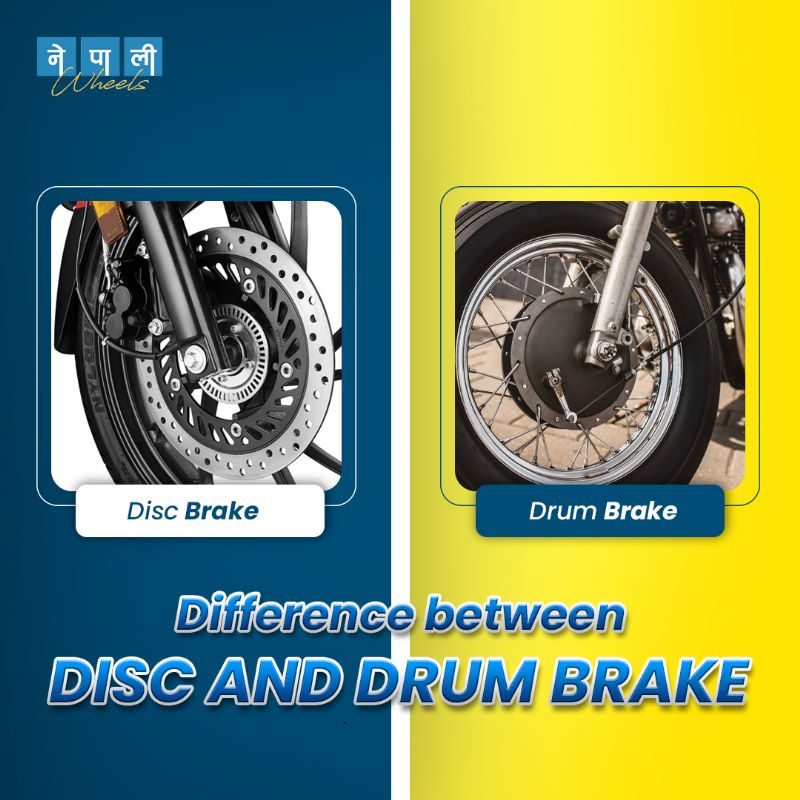
The two-wheelers of today’s decade have variations of features that have been continually improving and evolving. Today in this article we will look into the Drum and Disc brakes that coherently work together in the two-wheelers.
DRUM BRAKES
Drum brakes are the original brakes that evolved after the early woodlock brakes. A drum brake consists of a drum, a housing connected to the wheel, brake shoes, which are fitted in the housing and a master cylinder that is connected to the brake pedal. The friction created when the brake shoe rubs against the rotating drums makes the vehicle slow down. This friction pad is semicircular in shape. These brakes are majorly used in mass produced cars.
Important information:
- It is more durable and lasts longer.
- Heat reduction is relatively slow.
- It has a lower cost of maintenance.
- They require low input force.
- It is heavier in weight.
- Braking is actually less efficient.
DISC BRAKES
When Jaguar cars switched from drum to disc brakes and outlasted other vehicles and cars, the popularity of Disc brakes was established. A disc brake contains a disc or a rotor, a caliper housing the brake pads and a piston. The hydraulics forces the piston in the caliper to push the brake pads on one side while the backward force of the piston pulls the brake pads on the other side of the rotor. This squeezing motion pinches the discs at a great force and slowly stops the vehicle.
Important Information:
- It requires very little effort when the braking action is executed.
- Heat reduction is relatively quick.
- In any weather, its performance is at peak.
- The overall braking is really effective and smooth.
- It can be an expensive feature to a vehicle due to regular wear and tear of the brake
pads.

























